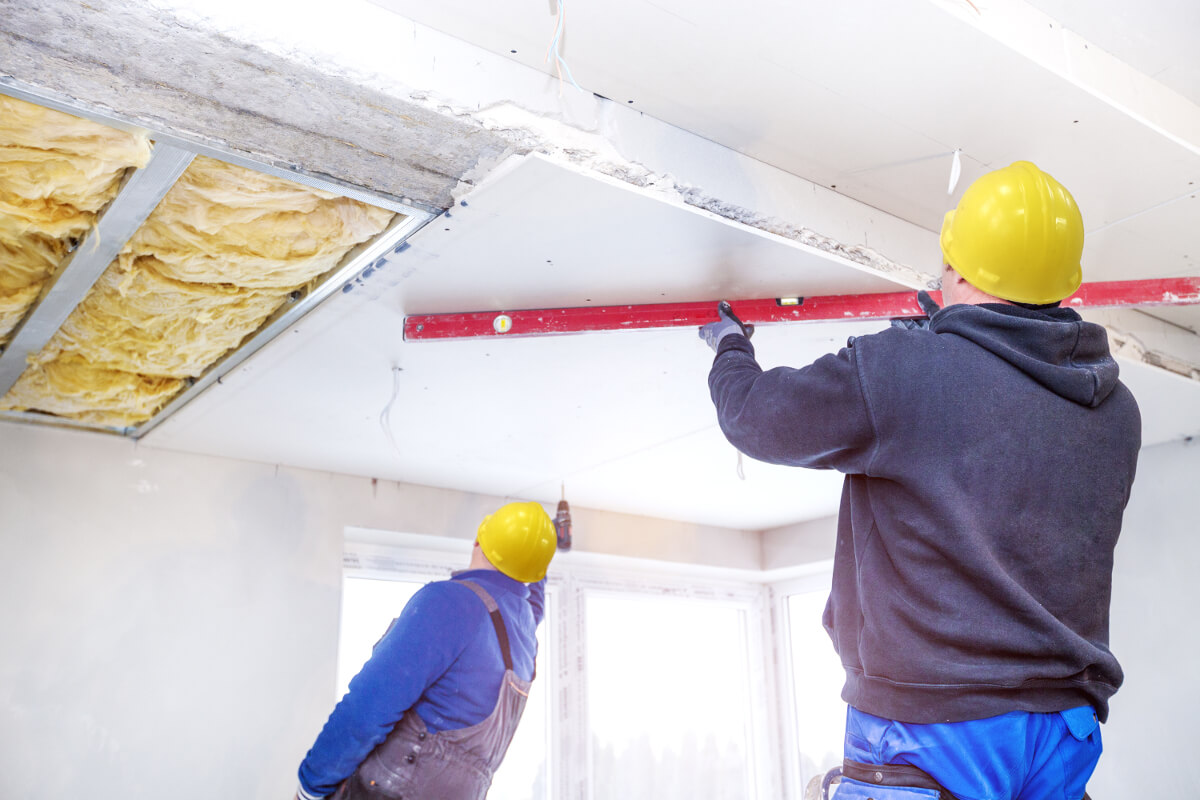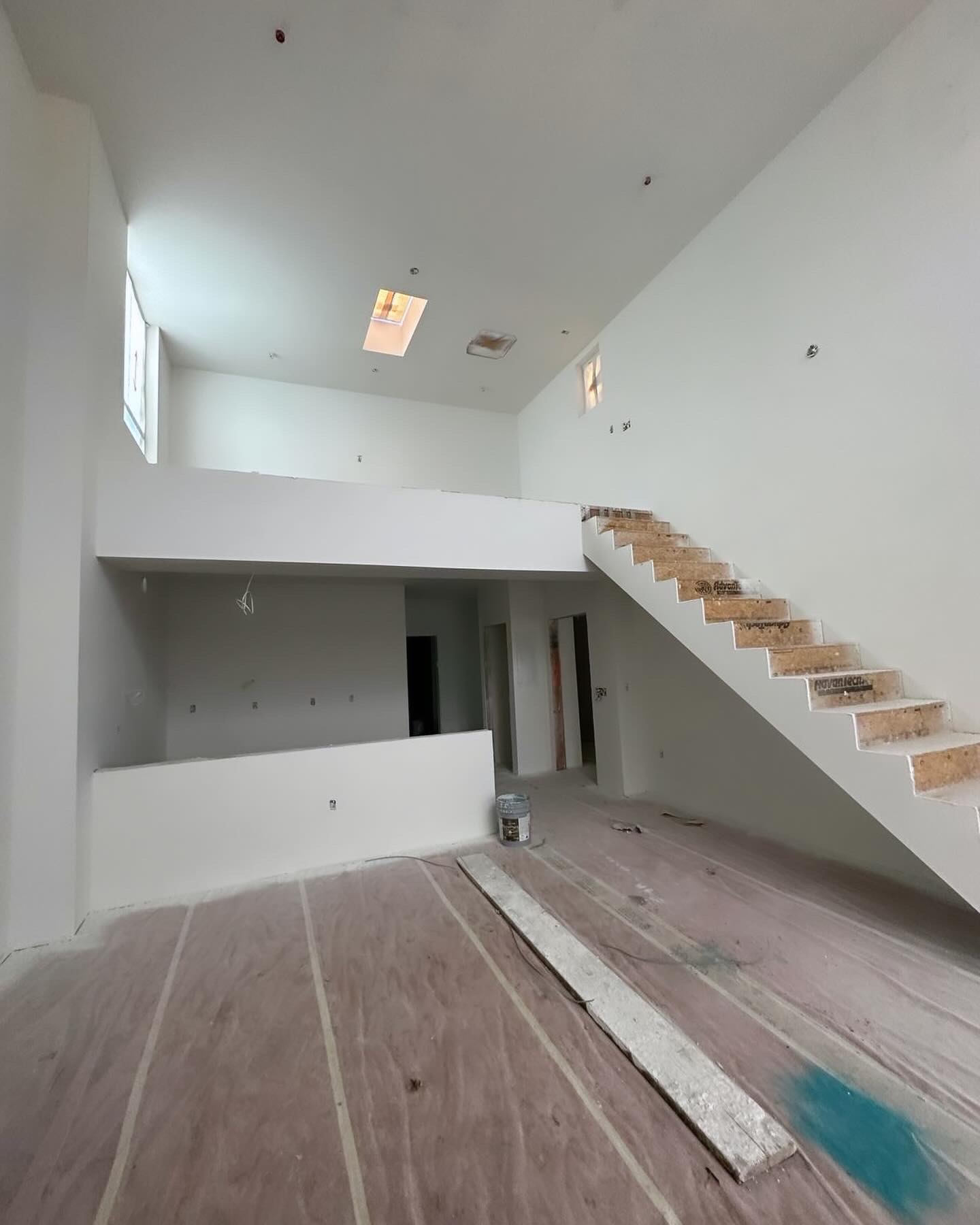Premier Drywall Fort Worth Services for Residential Projects
Premier Drywall Fort Worth Services for Residential Projects
Blog Article
Total Overview to Trustworthy and reliable Drywall Installation
Drywall installation is a vital part of any kind of construction or improvement project, requiring a meticulous approach to make sure both performance and integrity. It is crucial to check out the nuances of each action in the process, as they jointly add to the overall success of the drywall installation.
Important Devices for Drywalling
When starting a drywall setup task, having the right devices is essential for accomplishing an expert coating. Necessary tools consist of a drywall blade, tape step, and a T-square, which are fundamental for exact dimensions and smooth cuts. A drywall lift is also highly beneficial, especially for ceiling installations, allowing for much easier handling of heavy panels.
For fastening the drywall, a cordless drill and drywall screws are required. The drill ought to be equipped with a drywall bit to guarantee effectiveness and precision. Additionally, a crucial device is the drywall saw, which helps with cutting about electric outlets and various other challenges.

Additionally, protective gear such as shatterproof glass and a dust mask are necessary to ensure individual safety during the installation procedure. Using the right tools not only boosts the high quality of the installation yet likewise improves the operations, making the job more reliable overall.
Preparing the Area

Following, examine the condition of the walls and ceilings. Fix any existing damages, such as holes, fractures, or peeling off paint, to ensure a smooth and even surface area for drywall application. Additionally, check for electric outlets, plumbing lines, and a/c air ducts, noting their areas to avoid problems throughout installment.
It is additionally crucial to gauge the room properly, identifying the measurements of the wall surfaces and ceilings to determine the appropriate quantity of drywall required. Produce a detailed plan that includes the format and orientation of the drywall panels.
Installation Strategies
Effective installment strategies are important for achieving an expert finish in drywall jobs. Appropriate dimension and cutting of drywall sheets are essential steps.
When hanging drywall, start from the top and job downward, making sure that the long edge of the board is perpendicular to the framing. Secure the sheets with screws instead of nails, which supply greater holding power and reduce the risk of standing out. Place screws every 12 inches along the edges and every 16 inches in the area of the board.
For corners, make use of edge grains to accomplish sharp, tidy sides. When mounting on ceilings, utilize a drywall lift or have a companion aid in holding the sheets in area (drywall contractor). Preserve a void of regarding 1/4 inch over the flooring and ceiling to accommodate expansion and tightening
Ending Up Touches

Begin by using joint tape over the seams. This can be either paper or fiberglass mesh tape, with paper being liked for its toughness. As soon as the tape remains in location, it's time to use the initial layer dig this of joint compound, additionally understood as mud. Make use of a 10 to 12-inch taping blade to spread the compound evenly over the taped seams, feathering the edges to mix with the bordering drywall.
Permit the substance to dry extensively, usually 24 hr. After drying, sand the surface area gently with fine-grit sandpaper to get rid of any type of imperfections. drywall repair. Repeat the mudding and sanding procedure, normally a couple of layers, making certain my response each layer is flush and smooth with the drywall surface
Usual Errors to Avoid
Several DIY fanatics come across risks during drywall setup that can compromise the outcomes. One common error is falling short to effectively measure and reduce drywall sheets. Imprecise cuts can cause voids and irregular seams, making completing much more labor-intensive. Furthermore, ignoring to surprise joints can produce weak points in the wall, leading to potential splitting or sagging over time.
Another frequent mistake is improper fastening. Making use of too few screws or nails can result in loosened drywall, while overdriving fasteners can cause the paper to tear, weakening the framework. It's critical to maintain regular spacing, normally every 16 inches, and to make certain that fasteners are flush with the surface area.
Moreover, not attending to dampness problems before installation can result in mold and mildew growth and architectural damages. Constantly assess the setting and usage moisture-resistant drywall in high-humidity areas.
Verdict
Efficient and trusted drywall installment calls for meticulous attention to detail throughout the process. By utilizing important tools, preparing the room adequately, and adhering to ideal practices in installation strategies, a remarkable surface can be achieved. Additionally, mindful application of joint compound and tape throughout the ending up phase boosts longevity and look. Preventing common blunders better adds to an expert outcome, highlighting the importance of accuracy and method in successful drywall tasks.
It is important to discover the nuances of each action in the procedure, as they jointly add to the overall success of the drywall setup.When getting started on a drywall installation project, having the right tools is vital for accomplishing a specialist surface.For securing the drywall, a cordless drill and drywall screws are required.Appropriately preparing the area is vital for a successful drywall installation.Effective installation strategies are critical for attaining a professional finish in drywall jobs.
Report this page